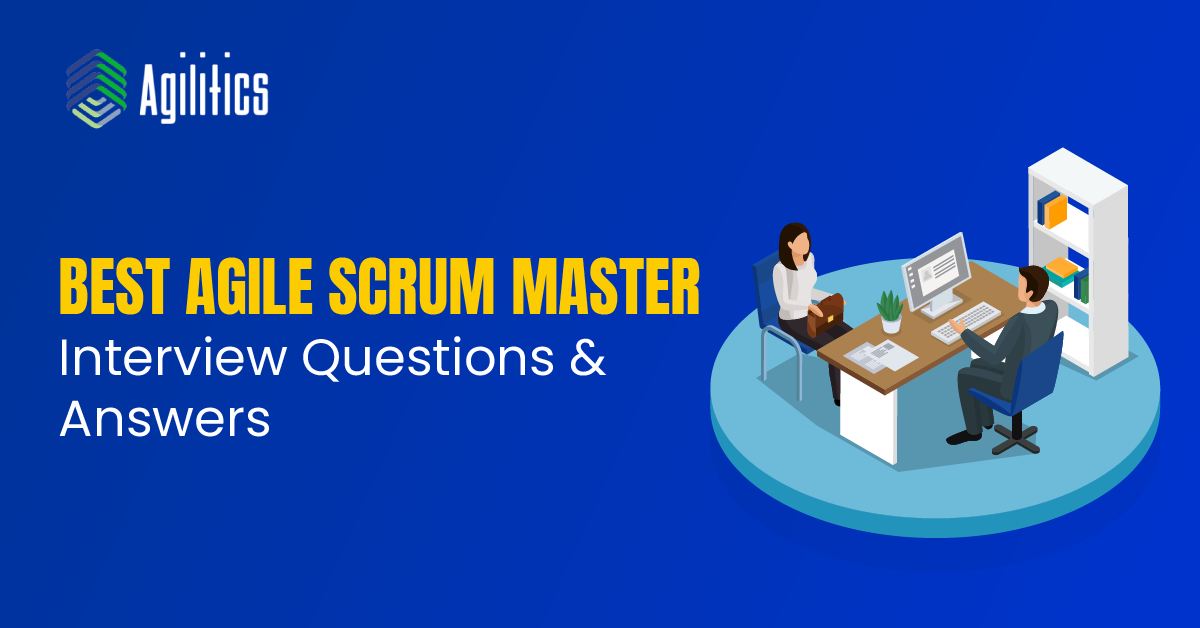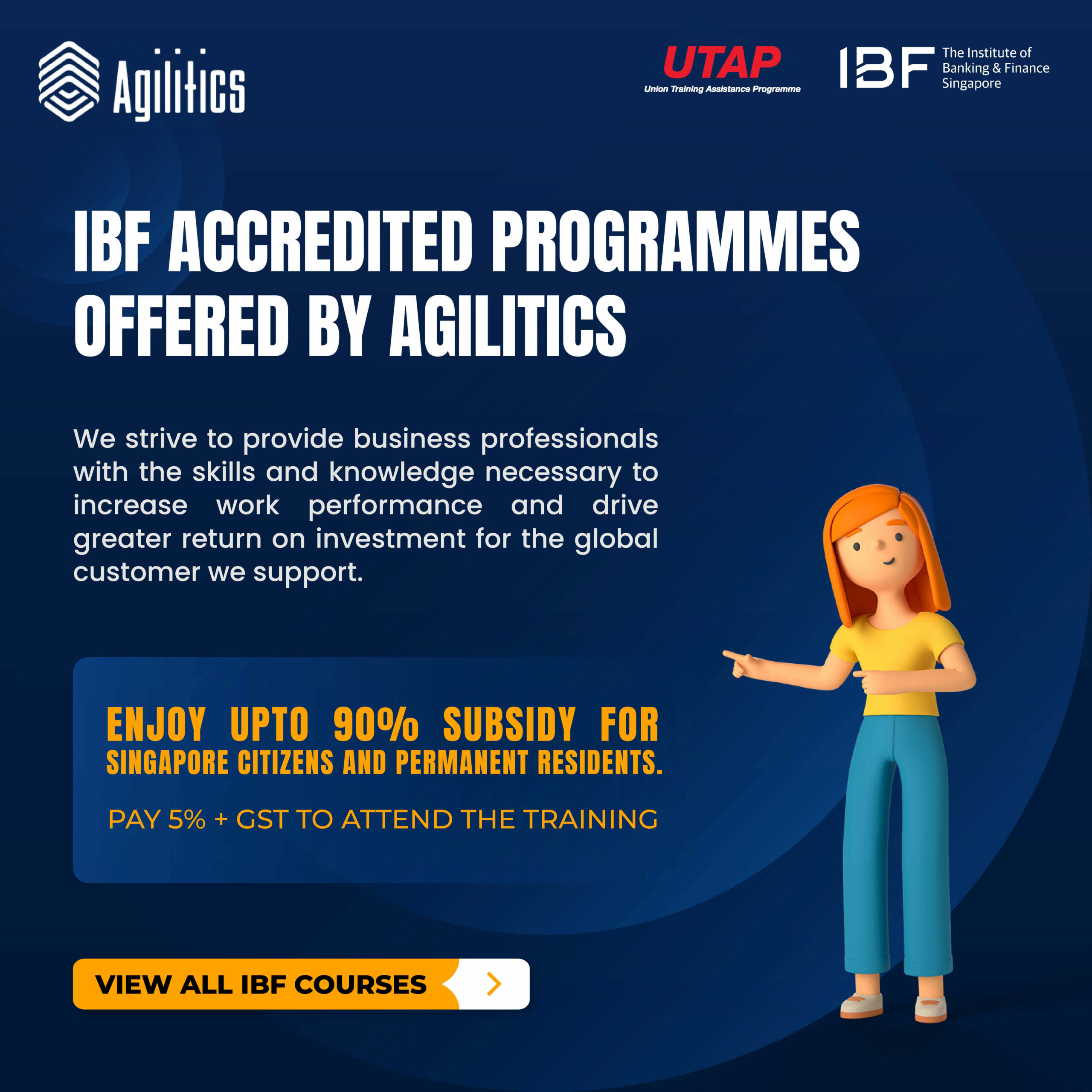Scrum remains one of the most popular Agile frameworks, as one that manages to incorporate all the best principles which the very framework of Agile can offer. As such, Scrum has the potential to be widely accepted – and in fact – has been widely accepted and used by various organizations throughout the world.
However, Scrum and its parent framework, Agile, might seem intimidating to anyone new to these methodologies. But don’t worry! Scrum interview questions might seem daunting to the newbie, but after you have led our comprehensive list of questions and their prospective answers, you will have all the knowledge to ace the next interview.
Scrum Master Interview Questions
1. What is the Scrum methodology?
Located under its parent methodology Agile, Scrum serves as a team-building framework. In other words, it is an Agile framework that can enable different team members, with their own and distinct points of view and ideas, to come together – in other words, it is team-building expertise.
The skyrocketing popularity of Scrum may be located in its team-building exercises, as teams have the potential to learn from their own unique experiences. They can use such experiences to reflect upon their failures and victories to gain a multifaceted look-back on their past actions. Such a holistic view will, in turn, let them make further improvements.
Often, this question may be used at the very beginning to move the interview further along. Getting an idea about the Certified Scrum Master Certification Training and learning the basics and life cycle will go a long way in establishing one’s career.
2. What roles does Scrum offer?
There are several roles that Scrum offers, including those of the product owner, the scrum master, and the rest of the scrum team. The individual who responsibly increases the ROI by determining different product features is termed the product owner. Such a person prioritizes all these features into a single list to focus on what needs the most attention regarding the coming sprint. These features must always be re-prioritized and then refined continuously.
The Scrum Master is an individual who helps the team in the knowledge and application of Scrum such that the optimum business worth is ensured. The Scrum Master can remove impediments, can shield the entire team from all sorts of distractions, and has the potential to apply well-researched Scrum and Agile practices for maximum benefit. Under this Scrum Master is a team of individuals who need to work together to deliver the stakeholders’ requirements within time.
3. What are a Scrum Team’s responsibilities?
There are several responsibilities that the Scrum team members have to perform, both individually and collectively. This Scrum Team can organize their team and involve about five, six, or even seven members. There are several responsibilities which they must undertake, including the following:
- The products must be working and need to be developed. They should also be delivered during every sprint.
- Ownership must also be ensured and transparency about the work that has to be assigned to members of the team.
- The information must be correct and crisp, and as such, this needs to be provided such that a successful scrum meeting is ensured daily.
- The members of the team must collaborate among themselves.
4. Can you differentiate between Scrum and Agile?
Did you know one of the most common questions is asked in an interview regarding Scrum and Agile? Yes, it is about the difference between both. For instance, Agile can be defined as a set of principles in a framework that is incremental and iterative. On the other hand, Scrum may be deemed an implementation of the very Agile methodology.
While Agile practice mostly pertains to projects involving a very small team of expert people, Scrum is suited for the teams which can handle the constant change in requirements. While the project leader must take care of all the vital tasks necessary for projects, there is no leader in the other. The Scrum Master and the team that he leads handle all these issues. Frequent changes cannot be handled regarding the Agile framework, while in Scrum, teams can react quickly to changes.
Agile requires frequent delivery to the user at the end, while Scrum sprints can provide workable builds of this same final product and receive feedback from authors. For Agile, cross-functional teams can perform face-to-face interactions, and there are often daily stand-up meetings that help with the collaboration. While the design and execution for the former are exceedingly simple, for the latter, it may be very innovative and highly experimental.
5. What Artifacts does the Scrum Process provide?
There are two kinds of backlogs that one needs to talk about. Firstly, the product backlog is a list that contains new features, changes to these features, bug fixes, infrastructural changes, and a host of other activities which ensure that a particular output may be obtained.
On the contrary, the Sprint backlog is a subset of the Product Backlog in that it contains tasks that are focused on by the team, which serves to satisfy the goal at the end. These teams need to identify the tasks that must be completed from this product backlog and then added to the sprint backlog.
Product increment, on the other hand, is a combination of the several product backlog items completed in a sprint and the value of the increments of previous owners. The final output needs to be usable even though the product owner will not release it.
6. How are two Backlogs distinctive in their specific niche ways?
For starters, we can look at the Product Backlog as a list of items necessary for the very completion of the product – this is opposed to the Sprint Backlog, which contains a list of items that must be completed during every sprint.
The backlog regarding the former is collected from customers by product owners and then assigned to teams. The backlog of the latter is collected by the team from th product owner to further set up the same frame of time for this sprint. The Product Backlog has a specific goal at the end, while the Sprint Backlog is only specific to a sprint.
While a Product Backlog is based on a customer’s vision, the Sprint backlog can vary according to the definition afforded by the product owner. While the Product Backlog is independent of the Sprint Backlog, the Sprint Backlog depends to a certain degree on the Product Backlog.
The product owner manages and maintains it until the project is finally finished, although all the newsprints have backlogs that are added by each team.
7. Who is a Scrum Master, and what do they do?
A Scrum Master may be defined as a person who can promote and support Scrum within one’s team through a keen sense of understanding of the theory, rules, practices, and values of the Scrum methodology. This Scrum Master is responsible for ensuring that the team can follow the very values, practices, and principles of the Scrum method.
In addition, they can remove all sorts of impediments and distractions which hamper the project’s progress, such that this Scrum Master can ensure that the team can deliver value during this sprint.
8. What happens in Daily Stand-up sessions?
There are Stand-up sessions held daily; these are discussions that take place for about 15 minutes in length. As such, these sessions can enable one to understand the kinds of tasks that had gone well, the types of tasks that had achieved completion, the pending amount of tasks, and the obstacles faced by the team.
In addition, the meeting can help one understand the status and scope of this very project so that further discussions can also take place after the stand-up sessions have been over.
9. What is Scrum-ban?
Scrum-ban is a methodology created through a combination of both Scrum and Kanban. While Scrum-ban may be used to meet a team’s needs, minimize the work that is batched, and assist in the adoption of pull passed system, it can ingeniously include the Scrum structure of Scrum and Kanban’s visualization flexibility.
10. What is User-Story Mapping?
User story mapping can represent and arrange the user stories, which can assist in the understanding of system functionalities, backlog, planning releases, and value provisions about customers. User stories can be arranged based on the priority provided on the horizontal axis, while on the vertical, they are arranged periodically.
As the Agile Resolution has led to global companies transforming to an agile way of working, the demand for Scrum Masters have never been greater. The Scrum Master Training dynamically shapes your role as a Scrum master, as you master the underlying concepts of Agile and handle the roadblocks of middle management.
The Scrum training focuses on strengthening your core foundational Agile skills so that you can understand the ‘doing’ and ‘being’ of agile and offer strategic solutions. The Scrum Training will not only help you in acquiring new skills, while you brush up the existing ones, it will also help you adopt an Agile mindset and work within wider organizations. Meeting the industry standards, the Scrum training grooms you for an Agile environment in the best way possible.
We strive to provide business professionals with the skills and knowledge necessary to increase work performance and drive greater return on investment for the global customers we support. Agilitics delivers customized technology and management training solutions to large corporations and government agencies around the world.


